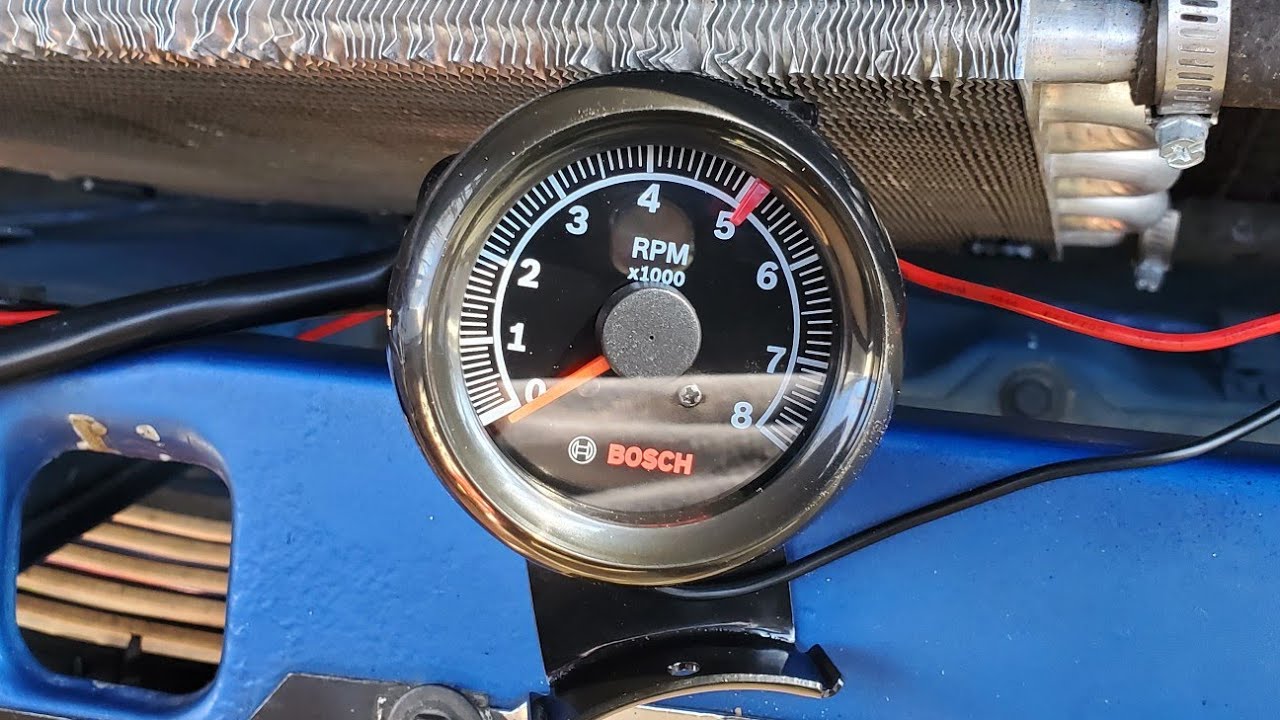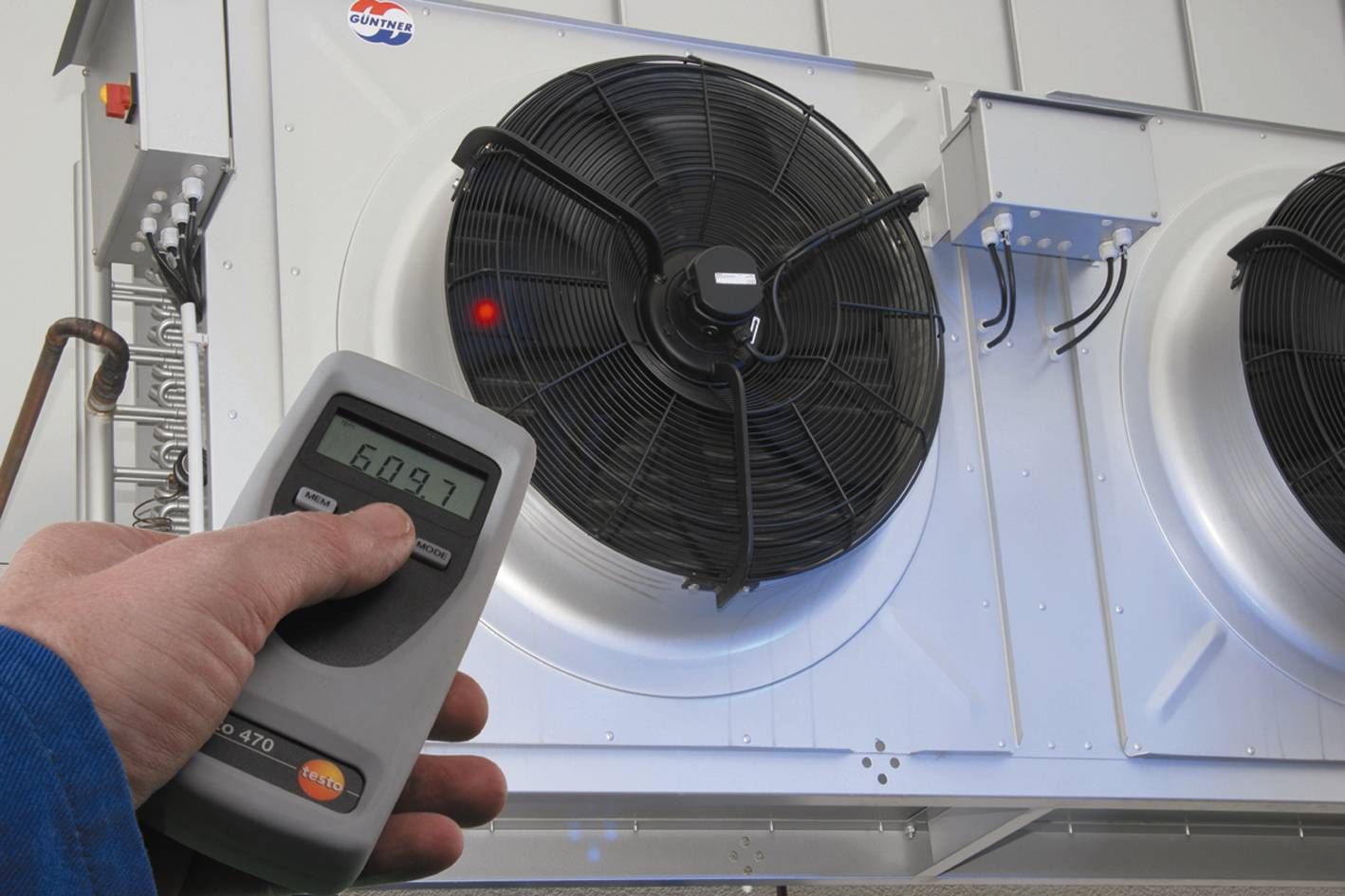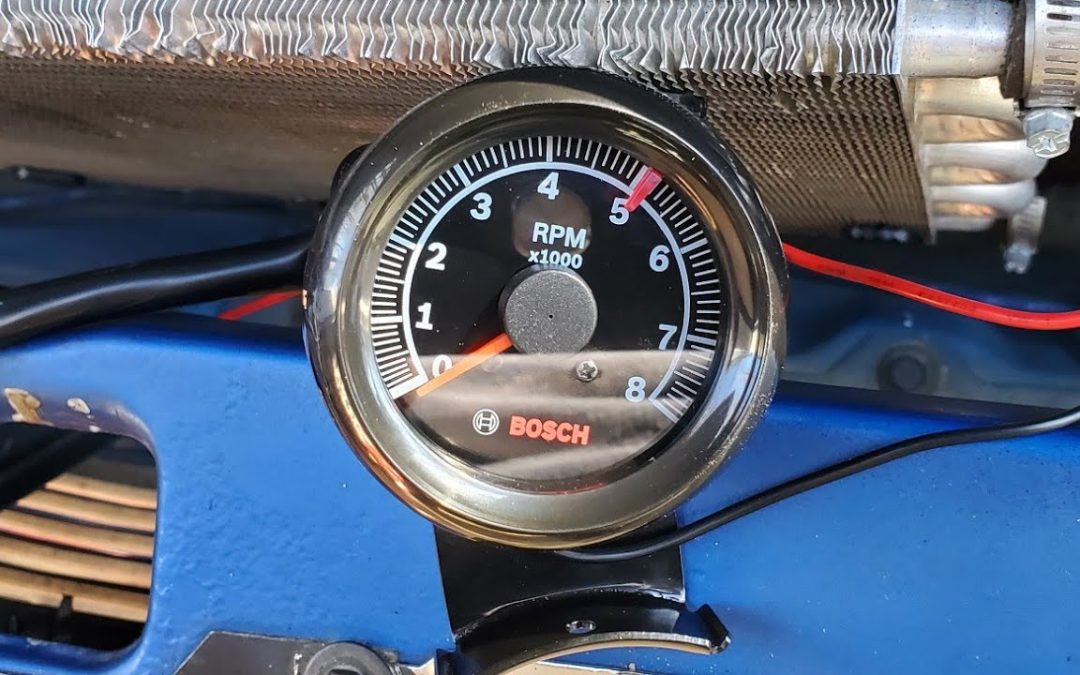The concept of a tachometer, while simple, carries significant importance in various fields, especially automotive and industrial applications. Many might ask, what is the normal tachometer speed? Understanding this can help in maintaining operational efficiency and safety. This article delves into the details, offering a comprehensive look at tachometers, their function, and how to interpret their readings effectively.

Understanding Tachometers
A tachometer, often referred to as a rev-counter, measures the rotation speed of a shaft or disk, as in a motor or other machine. The device indicates the revolutions per minute (RPMs) performed by the engine’s crankshaft. Notably, tachometers are indispensable in vehicles and industrial machines where monitoring the engine or component speed is crucial.
History and Evolution of the Tachometer
The tachometer has evolved significantly since its inception, adapting to advancing technology and the growing need for precision. Historically, analog tachometers were the norm, but digital tachometers are now widely used for their accuracy and additional functionalities.
Types of Tachometers
Analog Tachometers
Analog tachometers feature a needle and dial readout to show engine speed. These are traditional devices still preferred in some industries due to their straightforward operating mechanism and reliability.
Digital Tachometers
Digital tachometers use electronic components to measure speed and provide a digital readout. They often include extra features like memory recall, alarm settings, and portable designs.
Importance of Normal Tachometer Speed
Engine Performance
The tachometer plays a critical role in gauging engine performance. By monitoring the normal tachometer speed, one can ensure the engine operates within the optimal RPM range, preventing damage from over-revving and improving fuel efficiency.
Preventive Maintenance
Regularly checking the tachometer speed can alert users to potential engine problems. Deviations from the normal speed range can indicate issues that require maintenance, thus averting major failures.
Safety Assurance
Operating machinery or vehicles within the normal tachometer speed range promotes safety. Over-revving or under-revving can lead to malfunctions, posing risks to operators and equipment.
Factors Affecting Tachometer Readings
Engine Load
The load on the engine significantly influences the tachometer reading. High loads may cause higher RPMs, while low loads result in lower RPMs. Understanding this relationship is critical for accurate assessments.
Temperature
Environmental temperature plays a role in tachometer readings. Extreme temperatures can affect engine performance, thereby altering the RPMs.
Engine Condition
Well-maintained engines tend to have stable tachometer readings, while poor engine health can lead to erratic RPMs.
What is the Normal Tachometer Speed?
Automotive Applications
In cars, the normal tachometer speed typically ranges between 600 to 1,000 RPMs when idling. During driving, RPMs can vary based on speed, gear, and driving conditions. For instance, cruising on a highway might show a tachometer speed of around 2,000 to 3,000 RPMs.
Industrial Applications
For industrial machinery, normal tachometer speed depends on the specific application. Knowing the optimal RPM range for each machine is essential for operation and maintenance.
Interpreting Tachometer Readings
Idle Speed
Idle speed represents the RPM when the engine runs but the vehicle or machine remains stationary. Consistently high or low idle speeds can indicate issues needing attention.
Operational Range
The operational range denotes the RPMs during typical use. Staying within this range ensures efficiency and longevity of the engine.
Maintaining Normal Tachometer Speed
Regular Checkups
Periodic engine inspections help maintain normal tachometer speeds, ensuring components work properly and identifying issues early.
Proper Lubrication
Keeping the engine parts well-lubricated reduces friction, which helps maintain a stable tachometer speed.
Monitoring Wear and Tear
Regularly checking for wear and tear on engine components is crucial. Worn parts can lead to fluctuations in RPMs, highlighting the need for timely replacements.
Technological Advancements in Tachometers
Advancements in technology have led to more sophisticated tachometers. Modern devices offer greater accuracy, digital displays, and advanced features like data logging, programmable alarms, and wireless connectivity.
Digital Innovations
Digital tachometers provide precise readouts and can interface with other electronic systems for comprehensive engine monitoring.
Wireless Connectivity
Modern tachometers often feature wireless capabilities, allowing remote monitoring and data collection.
FAQs about Tachometer Speed
1. What is the purpose of a tachometer?
A tachometer measures the RPMs of an engine or rotating shaft, providing critical data for performance monitoring and maintenance.
2. How can I maintain the normal tachometer speed of my vehicle?
Regular maintenance, including oil changes, engine checks, and using quality fuels, can help maintain your vehicle’s normal tachometer speed.
3. Are digital tachometers better than analog ones?
Digital tachometers offer more features and precise readings, but analog tachometers are simpler and highly reliable, making both types valuable depending on the application.

Conclusion
Understanding what is the normal tachometer speed enhances your ability to maintain and operate engines efficiently. Whether for automotive or industrial applications, keeping an eye on the tachometer ensures optimal performance and longevity.
